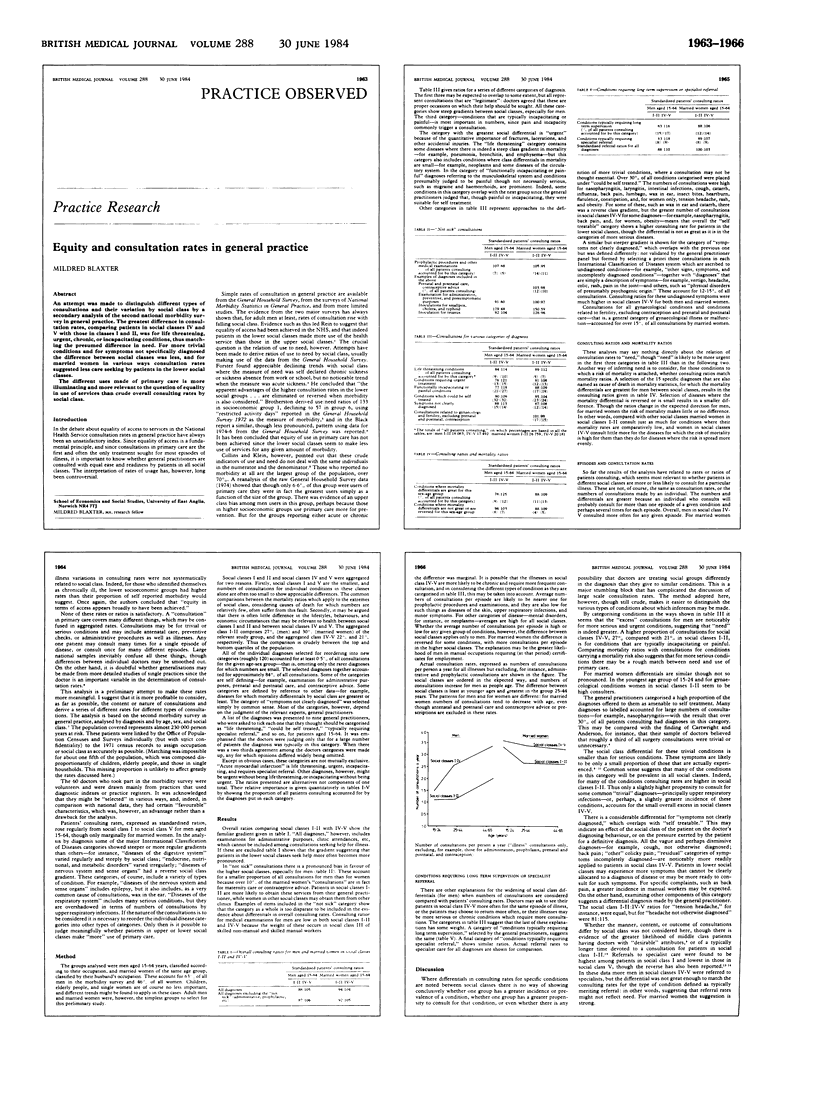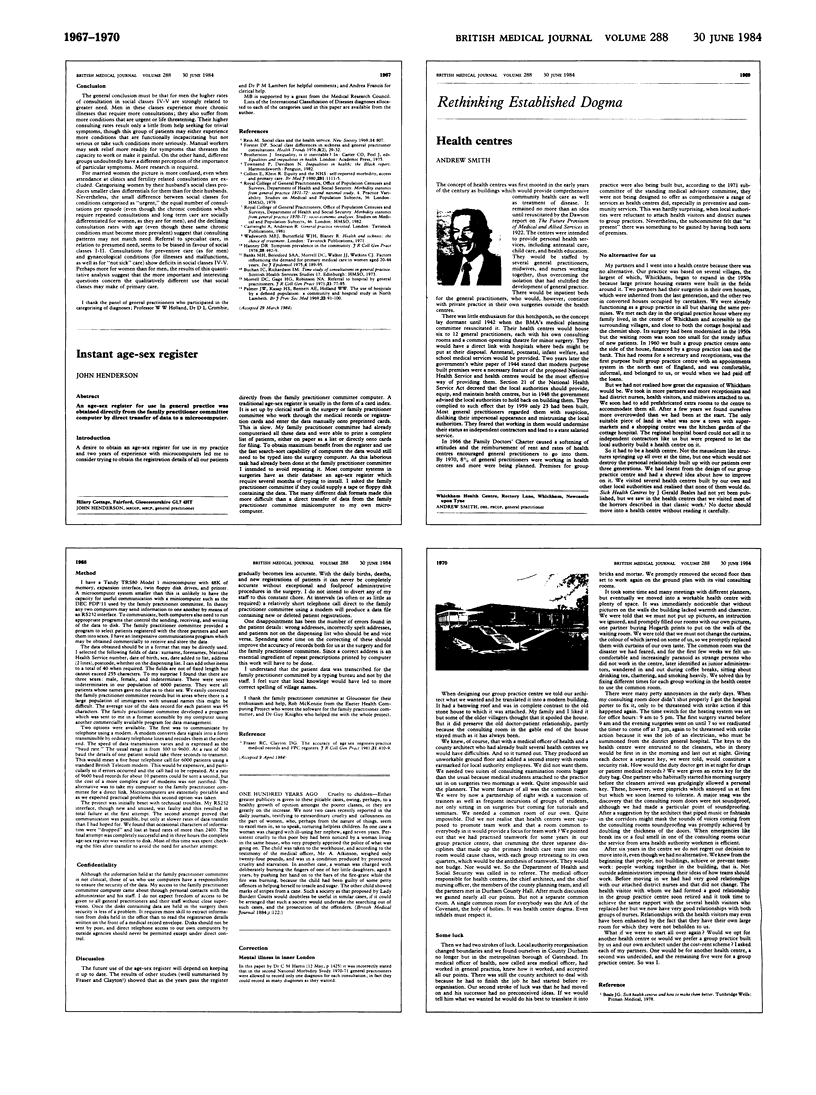Abstract
An attempt was made to distinguish different types of consultations and their variation by social class by a secondary analysis of the second national morbidity survey in general practice. The greatest difference in consultation rates, comparing patients in social classes IV and V with those in classes I and II, was for life threatening, urgent, chronic, or incapacitating conditions, thus matching the presumed difference in need. For more trivial conditions and for symptoms not specifically diagnosed the difference between social classes was less, and for married women in various ways consultation rates suggested less care seeking by patients in the lower social classes. The different uses made of primary care is more illuminating and more relevant to the question of equality in use of services than crude overall consulting rates by social class.
Full text
PDF





